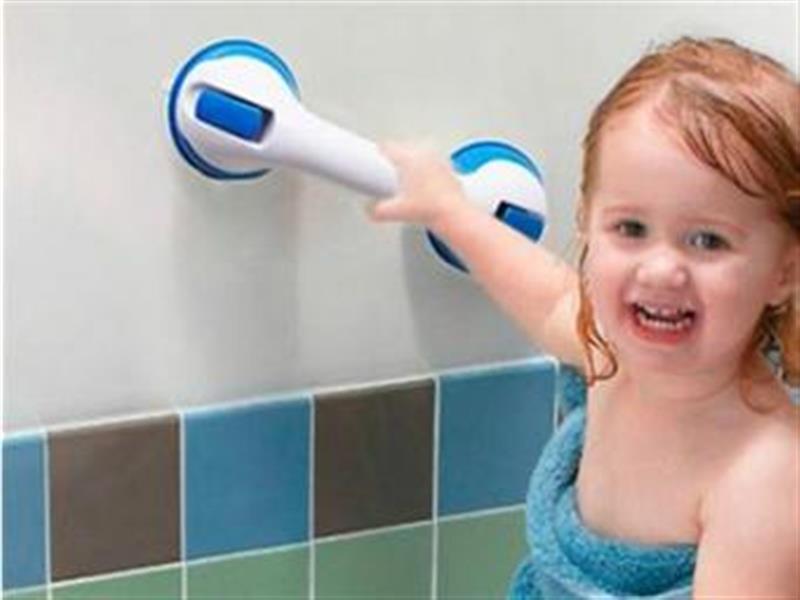
When a senior needs help with showering or bathing, it’s typically up to family members like you to step in to help out. But you may discover that it’s not necessarily as easy of a process as you might think.
The bathing process can be fraught with danger. Climbing in and out of a bathtub or shower stall presents a major fall risk. Standing, turning and sitting back down during a shower likewise has the potential to end in disaster.
Fortunately, you can take steps to help improve bath time safety. Professional caregivers receive training on how to make showering and bathing as safe as possible, and you might consider adapting these same concepts for your own use.
1. Address the bathing environment
Shower stalls obviously become wet and slippery while in use. Likewise, the curved surfaces of bathtubs make for an unstable place to stand. And a steamy spray can make the bathroom floor slick, too.
Care professionals suggest improving the safety of these environments by installing equipment like grab bars and a large shower mat. In tiled bathrooms, you can consider adding safety treads or a rubber transfer mat to the floor to reduce slipperiness.
2. Address mobility issues
Normal aging can cause weak legs in many adults, and certainly medical conditions like Parkinson’s disease or arthritis can make it difficult for a person to transition from standing to sitting easily. If you are caring for a loved one who has mobility issues, you should be very careful when helping them get into and out of the tub or shower.
Consider using specialized bath items to help make transferring as safe as possible. From a big box store or a specialty online store, you can get rails that fit over the tub wall, shower chairs or even a transfer stool to help reduce fall risk when helping a loved one get into or out of the shower.
3. Organize supplies
Oftentimes, soap and shampoo reside in a basket hanging from the shower head or high up on a shower wall shelf. That might be convenient for a person who can safely stand up in the tub to shower, but it’s out of reach for the seated senior and it poses a potential danger to a family caregiver who must take her attention off the senior relative being bathed in order to reach these supplies.
A better solution might be to gather all of your supplies in a container and place it within easy reach. This way, you can keep one steady hand on your loved one while grasping the soap or shampoo bottle with the other.
4. Adjust your bath time technique
Typically a fully mobile person hops in the shower, washes, and then jumps out to dry off. But in a scenario where the person needs mobility assistance, that sequence can be dangerous because a wet person can easily slip from your hands as you help them out of the shower.
That’s why bathing another person might call for a change of technique. Focus on reducing the number of times (if any) the person must stand or turn while in the wet environment. This means you should think carefully about all the steps involved in the current bathing routine and consider adjusting them as necessary. For instance, you may consider drying your loved one while they remain seated on a stool before exiting the shower.
For family caregivers, bathing or showering a loved one can present a number of safety challenges. But if you focus on these four aspects of safety, you may be able to reduce the risk of a bath time fall.